
Before New York Times food critic Pete Wells could review a trendy new burger joint, he needed to go back and eat a few of his favorite burgers for reference. As a video game critic, I have a similar tradition, and in a year where every game developer seems to be debuting a new online multiplayer “hero shooter” game, League of Legends is my reference burger of choice. It’s a damn good burger with the right speed, map, feral monsters, and ingenuous gameplay. But with so many games coming for League’s crown — around 23 this year alone — I can expect a stomachache.
Most League competitors feel more like fast food than a great burger: tasty but ultimately unsatisfying. Supervive might be the exception. This new multiplayer shooter and battle royale wildly mixes genres, pulling ideas from League, Overwatch, and even Super Smash Bros. Los Angeles-based developer Theorycraft raised $87.5 million in seed funding from 2021 to 2022, and Supervive has the glossy polish to show for it. The game’s closed beta earned positive feedback earlier this summer, and an open testing phase starts later this year. But even as Theorycraft races to launch what it hopes can become a beloved online game, the company’s experimental approach to development reveals how Supervive can redefine the very genres it’s hoping to join.
Welcome to Supervive
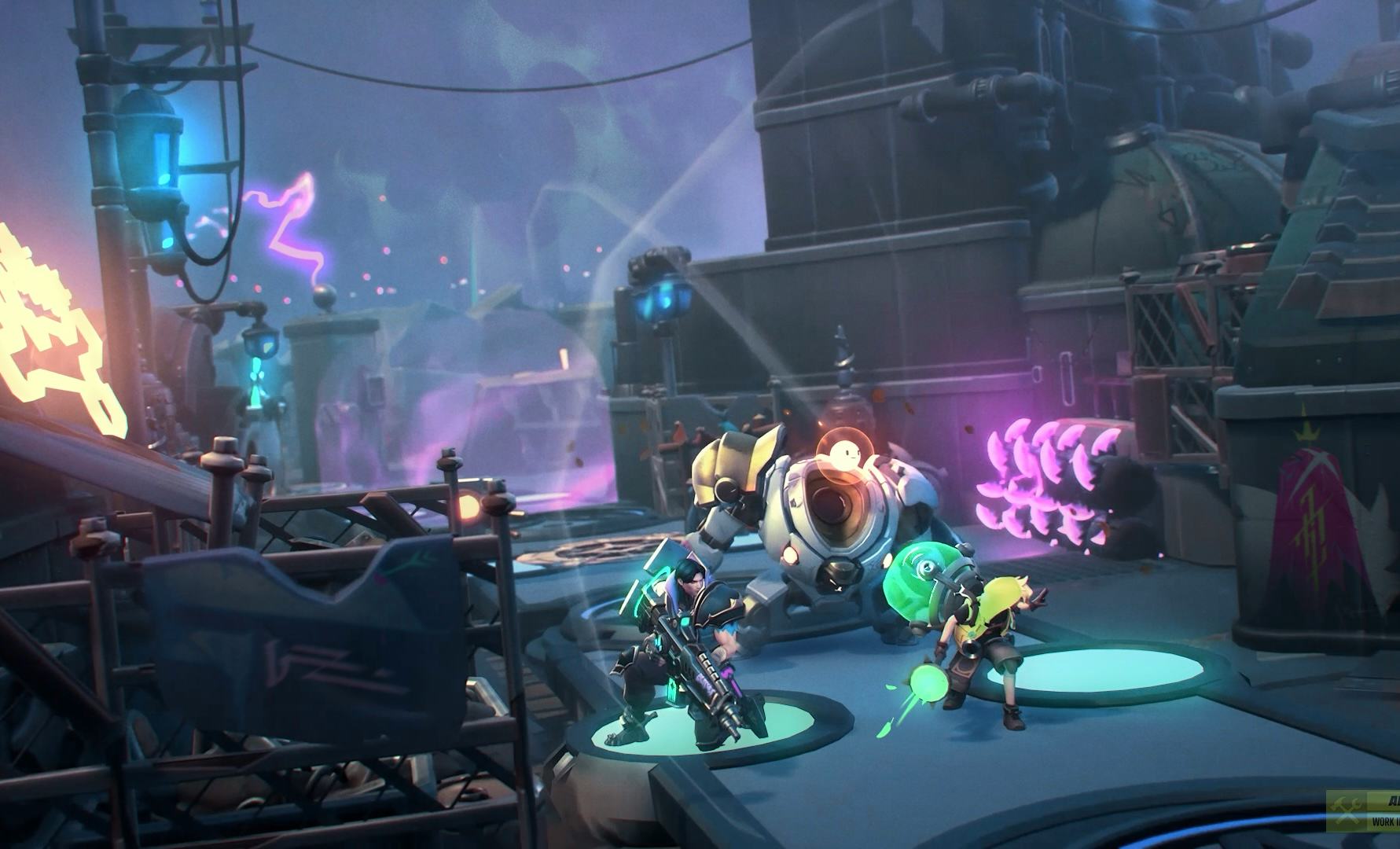
The first thing you’ll notice about Supervive is how many genres it slaps together. There’s the telltale mark of League of Legends in how some of the skills look and in the basic dynamic of facing down enemies on a hostile terrain, while the vivacious heroes would be right at home in Overwatch.
In teams of five, you fly and leap around an expansive map, aiming to eliminate your enemies and capture objectives. You’re meant to coordinate and combine abilities with your allies, like in Overwatch or League, but the stakes are raised to that of a battle royale — Supervive copies Fortnite’s “storm” mechanic, slowly shrinking the playable map until you’re forced to confront your enemies head on. Matches are quick and dirty. You ask, “Where are we dropping tonight, boys?” and the circle starts closing in until only one team remains.
CEO Joe Tung tells Inverse that borrowing from battle royale means you get quicker matches, and less of the potential 45-minute “doomed” games in League where neither side will surrender even though the outcome was clear from the start.
“People break their keyboards over it,” Tung says. “Battle royale has a superpower that it’s less frustrating to lose and equally fun when you win. We wanted to pull as much of that out of the battle royale genre as we could.”
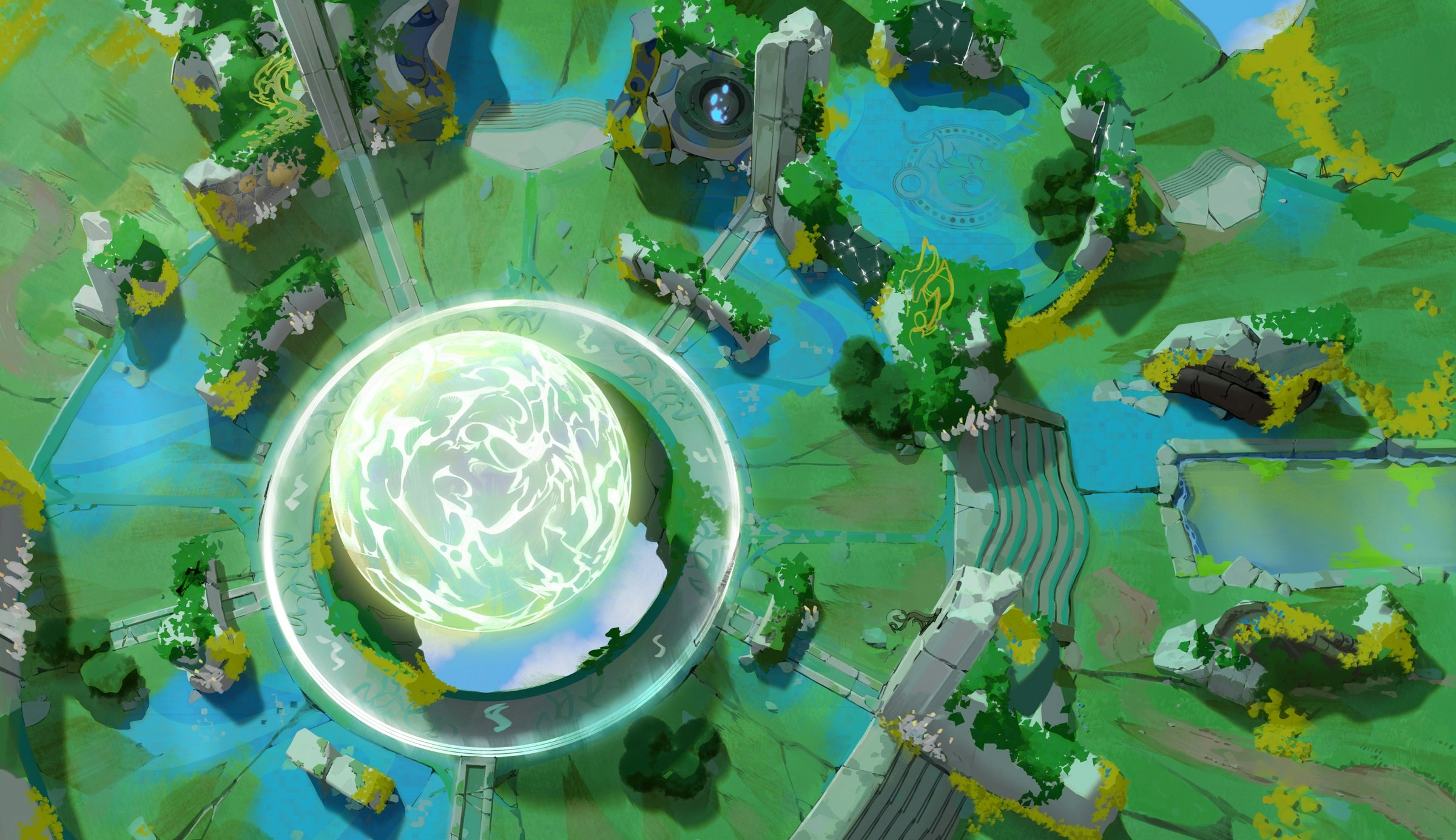
Crucially, Supervive also lets you revive many times during each match. Unlike in Fortnite, where one bad headshot can knock you out of the match permanently; or Overwatch, where you can respawn as many times as you want; in this game, one lone, rugged teammate can be enough to turn the tides.
In one 10-minute game I played during a demo in late June, I was revived a whopping 10 times as my team scraped by with one remaining survivor. In the end, we bagged second place. Not bad for a game that looked doomed from the onset.
On the final scoreboard, I winced in anticipation of seeing how poorly I had performed. But Supervive doesn’t list out how many times you’ve been eliminated. It only shows how many times you’ve revived your buddies.
“We want to show you goals that are positive and are less likely to cause toxicity,” Tung says.
This simple change left me wishing I could boot Supervive back up again. Part of the fun has been in getting multiple chances after getting knocked out. Even though I perished many times, I was always surprised by teammates who could last-minute save me so we could duke it out again.
Developers Without Borders
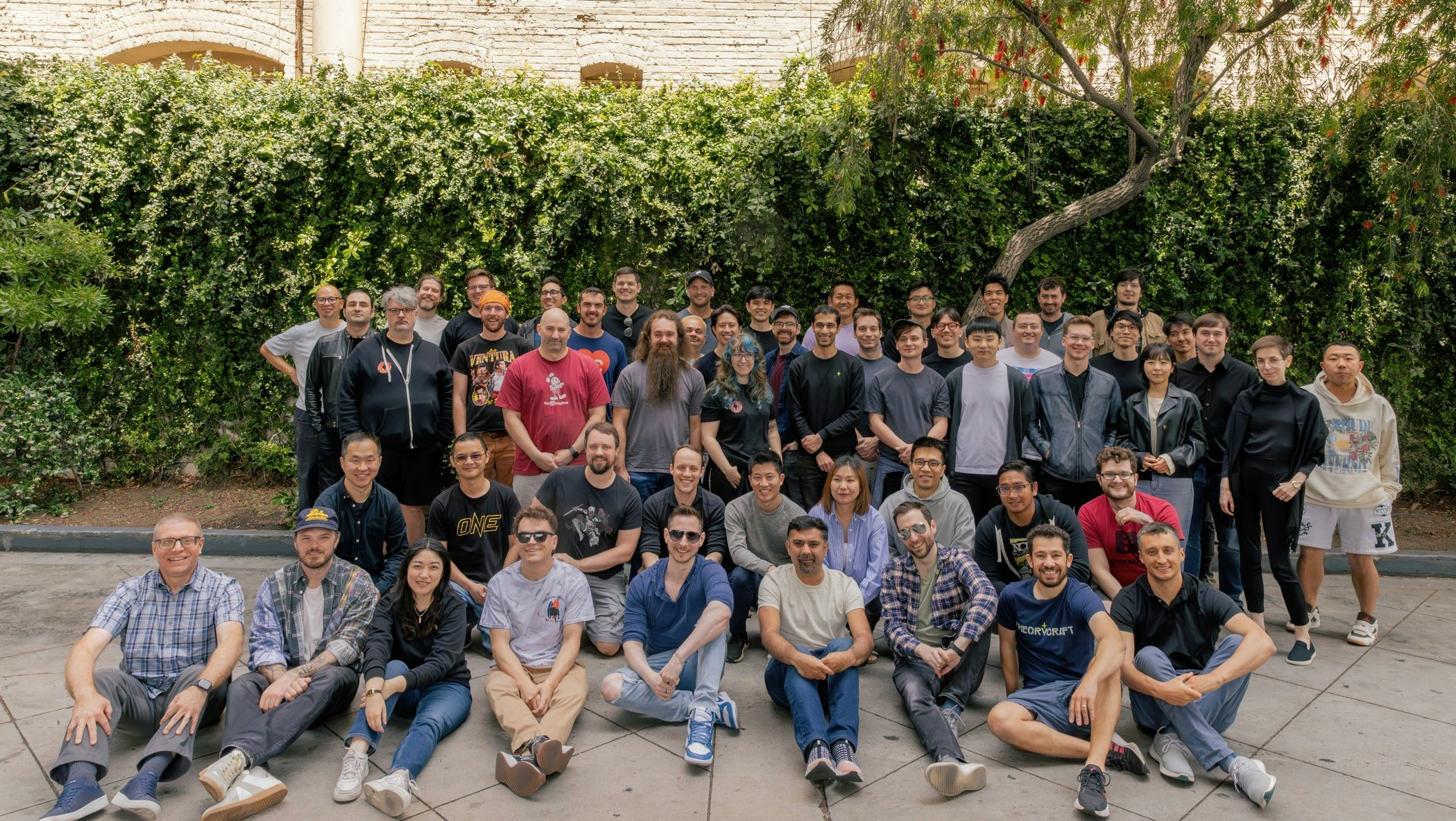
This smattering of ideas in a single game is exciting, but is it too much? That’s one of the classic dilemmas of game design — having to make a complex game with enough depth for players to explore, but enough ease that an absolute beginner could slip in. Supervive comes from industry veterans who worked on games like League and Fortnite, hearkening back to a Dark Souls-era tradition of making games that are layered with multiple systems of complexity. I haven’t even mentioned the vaults you can unlock in Supervive throughout the gargantuan map with a tough mini-game that recalls old school Mario, the various AI-powered monsters you’ll have to shake down for power-ups, or the item shop that only sometimes appears. When I jokingly suggested that Supervive add a dynamic weather system, the developers’ ears seemed to perk up — as if players needed another thing to keep track of.
Theorycraft say its approaching design at a breakneck pace, and willing to scrap past work on a moment’s notice if it means a smoother experience. Executive producer Jessica Nam recalls one thrilling (or was it stressful?) week when they cut 12 characters down to just four because they received feedback that the combat felt slow and like it was missing “hype outplays.” She notes that the team is able to move so quickly not due to working overtime but eliminating meetings and giving individuals decision-making powers.
“Sometimes having the ability to solve your own problems without involving multiple teams or managers lets you make better decisions than trying to get everyone onboard,” Nam says.
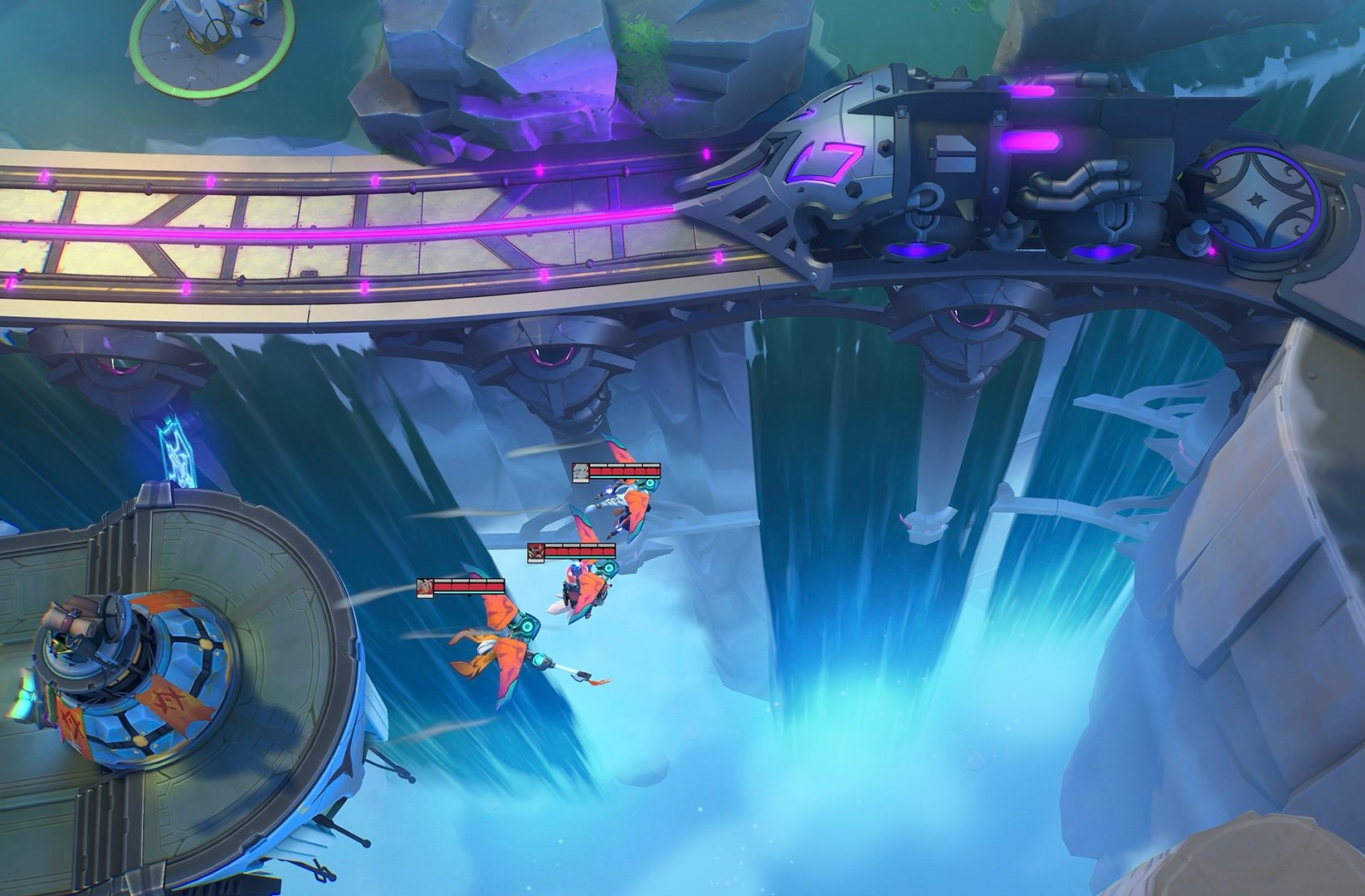
What does this kind of boundless developmental philosophy lead to? Surprises everywhere. One of the more unexpected moments in Supervive comes when you must perilously glide over a gap between platforms. In that moment, you’re completely vulnerable to an enemy coming in and spiking you down like a volleyball. Fans of Super Smash Bros. will be very familiar with the feeling.
Tung calls the smash mechanic “pure inspiration.” Originally, the company held a week-long hackathon where anyone could throw ideas in. Designer Joshua Morrison proposed adding gliders, which made it easier to fly around the map. But players were using those gliders to freely escape fights. So Morrison suggested making any hits to a gliding player an instant spike and stun.
“It was a pretty spicy change at the time, but we’ve come to appreciate how sharp it is,” Nam says. “Having a potential one-hit knockout mechanic contributes to that feeling that you can always turn a fight around, and it allows for some crazy aerial combat plays.”
In practice, I just narrowly managed to dodge enemies’ attempts and spiked a foe into the abyss in a satisfying manner.
Anarchic Aesthetics that Match the Madness

From an aesthetic perspective, Supervive is designed with a mix of neon bright, pop-punkish colors, and a high speed bullet train that can run players over. There’s a whole lot of lore to the game that casual fans won’t notice at first glance. From the outset, the game looks at home on streaming platforms and Instagram reels: well-animated characters battling it out in high-stakes duels and surviving the storm for a photo finish.

Above, you can see exclusive concept art for how one of the hunters, Void, came to be. From left to right, Void transformed from a smaller, glowing being into to a larger one with more of a punk attitude.
“As we’ve been developing our hunters, we’ve been embracing the idea of ‘Magepunk’ which is this combination of fantasy elements filtered through Supervive's magical apocalyptic setting, combined with a modern style and punk 'do-it-yourself' attitude,” says art director Josh Smith. “You can see Void here developing beyond a basic power fantasy and into a real character with a personal aesthetic. We like the final design (the right one) because it brings together many elements from previous iterations into a more focused package.”
But Will It Work — And Survive?
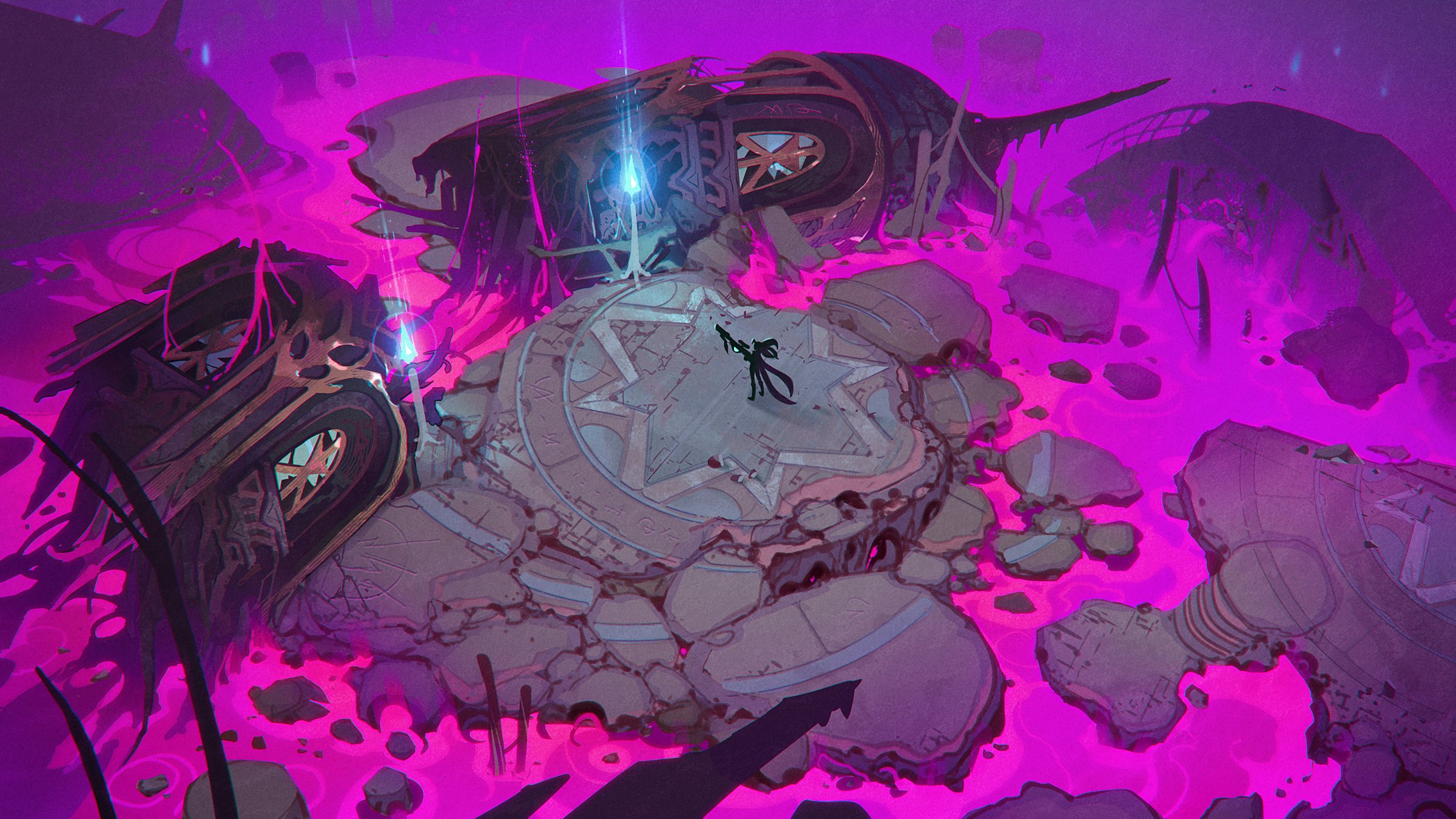
In the past few years, I’ve played Amazon’s Crucible pre-launch, Ubisoft’s Hyper Scape, and Electronic Arts’ Knockout City. They were all fun. All three are gone now. If I compare my experience playing these games together, Fortnite and League of Legends are far more entertaining. Supervive feels like it has some of that magic sauce, but I’ve also spent enough time reporting on the gaming industry to know it’s tough for a new game to gain traction. After all, if you already sank a thousand hours gaining mastery over one, and all your friends are still playing, what’s the point of switching?
Tung’s answer is compelling.
“A lot of gaming companies have swung at the free-to-play, games-as-a-service model. Now it’s oversaturated. There have been a lot of misfires, haphazard swings in that space,” he says. “If you go and look at where all the hours are these days, they’re all in five, six, 10, 15 year old games. And with good reason, right? Those games are all incredible. But certainly we think that there’s room for more and a desire for a fresh experience and that was a huge part of why we made Supervive.”
NEEDS SOME SORT OF PULLQUOTE OR IMAGE BREAK HERE
Earlier this week, I logged onto League of Legends. My Diamond-ranked friends who have sunk thousands of hours into League had been avidly gathering squads to play Swarm, a new mode where you need to survive an onslaught of beasts for a duration of time. I don’t need to convince anyone to try Swarm with me – that fan base is already conveniently built in. I’m pretty confident this crew would give Supervive a chance upon launch, but they’re just as likely to hop back into League at a moment’s notice.
“We are starting to see some of the projects that raised spectacular amounts of funding during the 2020 years come to fruition,” Joost van Dreunen, a lecturer on the business of games at the NYU Stern School of Business, tells Inverse. “The question is, how far will the Theorycraft apple fall from the Riot tree?”
In other words, siphoning off a few League players like myself wouldn’t be enough to make Supervive a surefire hit — or even a game that lasts for years to come.
Gaming is a tough business, and even your most anarchic, joyful, brilliant ideas and production tactics like we're seeing go into Supervive don't guarantee a game that will live past launch. Try as you may to hide elimination counters — gamers aren’t that generously offering up new games multiple chances to respawn.




!["[T]he First and Fifth Amendments Require ICE to Provide Information About the Whereabouts of a Detained Person"](https://images.inkl.com/s3/publisher/cover/212/reason-cover.png?w=600)


